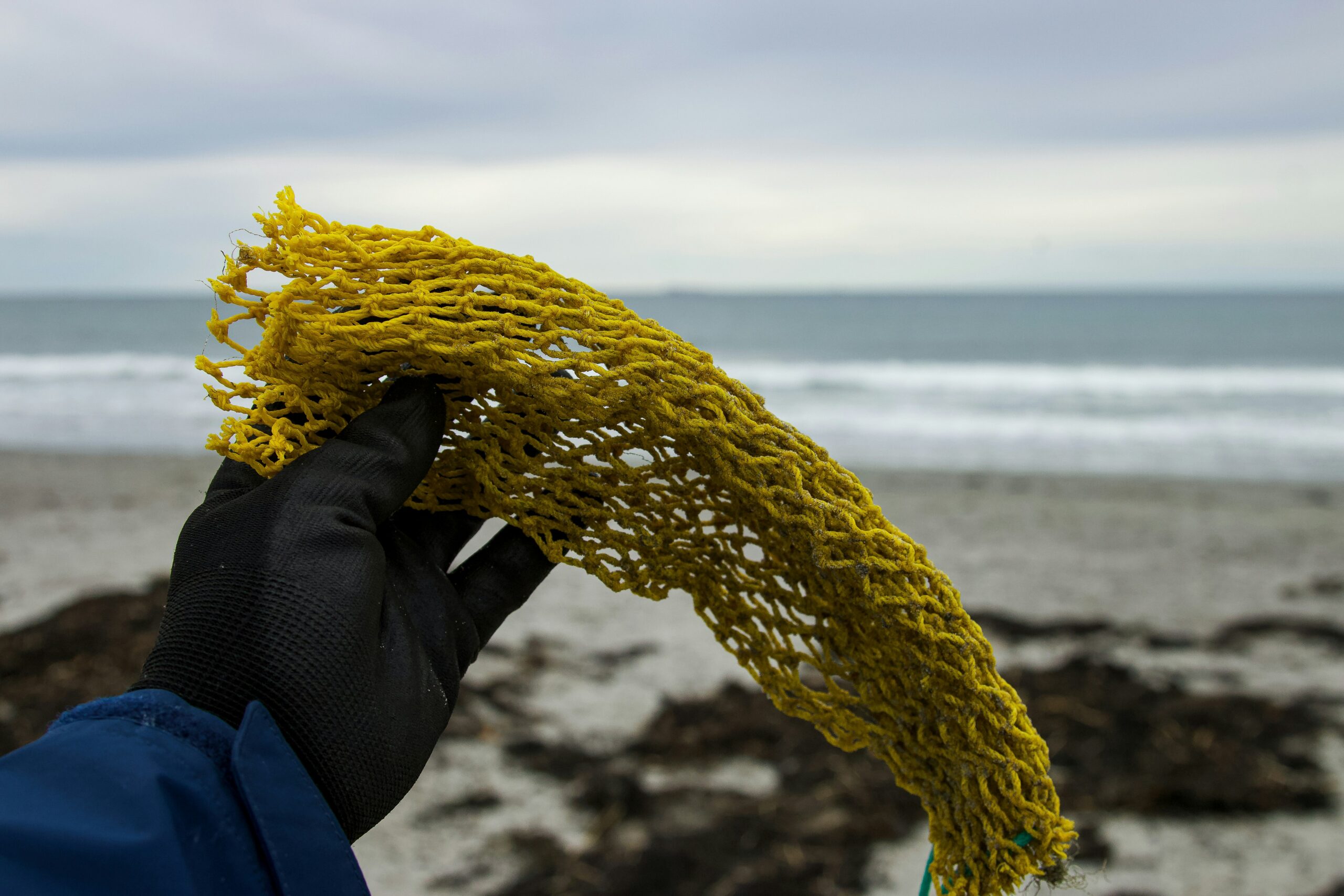Imagine you find yourself in a situation where food is scarce, and you need to rely on the natural resources around you for survival. One potential source of sustenance lies in the birds that inhabit the skies above. But how can you effectively catch or trap these agile creatures without modern tools and equipment? In this article, we will explore different methods that can help you capture birds for food in a friendly and efficient manner, allowing you to harness the resources nature provides.

Understanding Bird Behavior
Birds are fascinating creatures with diverse behaviors that vary across different species. By learning about the behavior of birds, you can enhance your understanding of their habits, feeding patterns, and flight patterns, which can be valuable knowledge for effective bird trapping. Understanding bird behavior allows you to approach trapping techniques more strategically and ethically.
Learning About Different Bird Species
To successfully trap birds, it is essential to familiarize yourself with different bird species. Each species has unique characteristics, habitat preferences, and behaviors. By studying field guides and online resources, you can gain insights into the specific behaviors of birds you’re targeting. Understanding their preferred habitats, nesting habits, and feeding preferences will help you select the most appropriate trapping method for each species.
Understanding Bird Flight Patterns
Bird flight patterns vary significantly depending on the species, purpose, and environment. Some birds fly in a straight line, while others use soaring or hovering flight patterns. Observing and understanding the flight patterns of the birds you’re targeting can greatly increase the success of your trapping efforts. By studying their flight paths, you can position yourself strategically or set up traps in areas that birds are more likely to frequent.
Learning About Bird Feeding Habits
Understanding bird feeding habits is crucial for choosing effective trapping methods. Some birds feed on the ground, while others prefer perching or searching for food in the air. By gathering knowledge about the feeding habits of different bird species, you can tailor your trapping techniques to mimic their natural food sources. This allows you to attract and capture birds more effectively. Researching the specific diets of target species can help you select suitable baits and lures for your traps.
Legal Aspects and Ethical Considerations
Before engaging in bird trapping, it’s crucial to be aware of the legal aspects and ethical considerations surrounding this activity. Respecting the regulations and ethical guidelines ensures the conservation of bird populations and maintains sustainable trapping practices.
Understanding the Migratory Bird Treaty Act
The Migratory Bird Treaty Act is a vital legislation that protects migratory birds in the United States. It prohibits the capture, sale, possession, or killing of any migratory bird species without proper permits or exceptions. Familiarizing yourself with this act is crucial to ensure compliance and to avoid legal consequences while trapping birds. Understanding which bird species are protected under this act helps you make informed choices about the birds you target for trapping.
Ethical Considerations for Bird Trapping
Ethics play a significant role in bird trapping. It is essential to consider the potential impact on bird populations and their habitats. Trapping practices should prioritize the welfare of birds and aim to minimize harm. Additionally, it is crucial to release non-targeted birds unharmed and to avoid trapping rare or endangered species. Adhering to ethical guidelines ensures the preservation and sustainability of bird populations for future generations.
Determining Necessity and Sustainability of Bird Hunting
Bird hunting for food should be done out of necessity and with sustainability in mind. Before embarking on bird trapping, evaluate the availability of alternative food sources and assess whether bird trapping is essential. By understanding the local ecosystem and considering the sustainability of bird populations, you can make informed decisions about trapping practices. This approach prevents overexploitation and helps maintain a balance in nature.
Safety Precautions While Trapping Birds
Safety should always be a top priority when engaging in bird trapping activities. Taking proper precautions ensures your well-being and safeguards the welfare of the birds you handle.
Handling Birds Safely
When handling trapped birds, it is essential to approach them with care and respect. Use gentle techniques to avoid causing unnecessary stress or injury to the birds. Wearing gloves can protect both you and the bird from potential harm. Remember to handle birds delicately and release them as soon as possible if they are not intended for consumption.
Using Protective Gear
To protect yourself from any potential harm during trapping activities, it is advisable to wear appropriate protective gear. Gloves, goggles, and sturdy footwear are recommended to minimize the risk of injury. These safety measures minimize the chances of accidental bites or scratches and reduce exposure to potential pathogens.
Preventing Bird Diseases
Birds can carry various diseases and parasites, some of which can be transmitted to humans. Take necessary precautions to prevent the spread of diseases by practicing good hygiene. Wash your hands thoroughly after handling birds and ensure that any equipment or surfaces are properly cleaned and disinfected. This reduces the risk of contracting bird-related illnesses and ensures the safety of those involved in trapping activities.
Using Birdcalls and Decoys
Birdcalls and decoys can be valuable tools for attracting birds and increasing the effectiveness of trapping techniques. Understanding how to use them properly can significantly enhance your trapping success.
Understanding How Birdcalls Work
Birdcalls are imitations of the sounds made by specific bird species. They can be used to mimic mating calls or distress calls, attracting birds to your trapping area. By using a variety of birdcalls, you can target specific species and increase the likelihood of successful trapping. Research different birdcalls and practice their use to improve your skills in attracting birds to your traps.
Choosing the Right Decoy
Decoys are lifelike replicas of birds or specific bird species. They can be used to create a sense of security and familiarity for other birds, luring them closer to your trapping area. Choosing the right decoy involves selecting a species-specific decoy that is well-crafted and convincingly mimics the appearance and behavior of the targeted bird. Placing decoys strategically can help attract and trap birds more effectively.
Effective Use of Decoys and Birdcalls
Using birdcalls and decoys in combination can significantly increase the success of bird trapping. Placing the decoys in a visible and attractive manner, accompanied by appropriate birdcalls, creates a realistic and enticing environment for birds. Regularly alternating the calls and positioning of decoys can mimic natural bird behavior, making your trapping efforts more successful.

Net Trapping Methods
Net trapping methods, such as the use of mist nets, are highly effective for capturing birds. Understanding how to properly use nets ensures the safety of both the trapped birds and the trapper.
Know-How of Mist Nets
Mist nets are lightweight nets made of fine mesh that are virtually invisible to birds. They are installed in areas where birds are known to fly, creating an obstacle that birds accidentally fly into and get tangled in. To effectively use mist nets, it is important to set them up properly, ensuring that they are stretched taut and positioned at the appropriate height and angle.
How to Install and Use a Bird Net Effectively
Installing a bird net requires careful consideration of the trapping location and bird flight patterns. Ensuring that the net is securely anchored and properly tensioned is essential for effective trapping. Placing the net in areas where birds are likely to fly into it increases the chances of successful trapping. Regularly monitoring the net and promptly releasing non-target birds ensures ethical trapping practices.
Safety Measures while using Net Method
Safety should be a priority when using net trapping methods. Avoid installing mist nets in areas with high human or vehicle traffic to minimize accidents. Additionally, regularly inspecting and clearing the nets of trapped birds reduces the risk of birds getting injured or stressed. Applying safety protocols ensures the well-being of both birds and trappers during net trapping activities.
Perch or Pole Traps
Perch traps, also known as pole traps, are effective for capturing birds that prefer perching or roosting. Understanding the mechanism of these traps allows you to set them up correctly and increase your trapping success.
Understanding the Mechanism of Perch Traps
Perch traps consist of a vertical pole with several horizontal arms that serve as perching spots for birds. The trap is designed to collapse when triggered, capturing the perched bird. Understanding the mechanism of this trap ensures precise positioning and proper triggering when a bird lands on the perch.
Setting up a Perch or Pole Trap
To set up a perch trap, identify a suitable location where birds frequently perch or roost. Secure the pole firmly in the ground, ensuring stability. Attach the horizontal perching arms at various heights, mimicking natural perching spots. Adding suitable bait near the perch attracts birds and increases the likelihood of successful trapping.
Effective Baiting for Perch Traps
Baiting perch traps can entice birds to land and trigger the trap mechanism. Understand the preferred diets of the targeted bird species and use appropriate bait to attract them. Placing the bait strategically near the perch ensures that birds are lured into the trap. Regularly refreshing the bait and monitoring the trap increase the chances of capturing birds.

Ground Traps for Birds
Ground traps are effective for capturing birds that prefer feeding or foraging on the ground. Understanding the mechanics of ground traps allows you to set them up correctly and increase your trapping success.
The Mechanics of Ground Traps
Ground traps typically consist of a box-like structure with an entrance. When a bird enters the trap to access the bait, a mechanism is triggered, preventing the bird from escaping. Understanding how these traps operate ensures that they are assembled correctly and positioned in suitable locations.
Choosing a Suitable Location for Ground Traps
To maximize the effectiveness of ground traps, select locations where birds frequently forage or search for food. Areas near the ground cover, food sources, or watering holes are usually good choices. Placing the trap on flat, stable ground and camouflaging it with natural materials helps make it more inconspicuous to birds.
Best Baiting Practices for Ground Traps
Baiting ground traps with suitable food entices birds to enter and trigger the trap mechanism. Identify the preferred food sources of the targeted bird species and use them as bait. Placing the bait strategically near the trap entrance increases the chances of capturing birds. Regularly refreshing the bait and monitoring the trap ensure optimal trapping results.
Bird Trapping Using Box Traps
Box traps provide an effective means of capturing birds, particularly those that prefer cavity nesting or roosting in enclosed spaces. Understanding the design and deployment of these traps enhances your trapping success.
Box Trap Design and Construction
Box traps consist of a sturdy box-like structure with an entrance and a mechanism that triggers upon the bird’s entry. The design and construction of the trap should provide secure and undeterred access for the bird while preventing its escape. Proper ventilation and ensuring the absence of sharp edges or material hazards is crucial to maintain the bird’s safety.
Effective Deployment of Bird Box Traps
Select suitable locations where birds are likely to enter the trap, such as nesting sites or areas with abundant food sources. Place the trap in a stable position, ensuring that it remains undisturbed by outside forces or predators. Placing suitable bait near the entrance increases the likelihood of capturing birds. Regularly checking the traps and promptly releasing non-targeted birds is essential to maintain ethical trapping practices.
Baits and Lures for Box Traps
Using enticing baits or lures in box traps can attract birds and trigger their entry. Research the preferred diets of the targeted bird species and utilize suitable bait to increase the chances of capturing them. Placing the bait close to the entrance or inside the trap ensures birds are enticed to enter. Regularly refreshing the bait and monitoring the traps significantly improves trapping success.
Use of Bow Traps for Bird Trapping
Bow traps are specialized traps that use tensioned bows to capture birds. Understanding the mechanism and proper setup of bow traps enables safe and efficient trapping.
Understanding How Bow Traps Work
Bow traps operate by utilizing tensioned bows that release when a bird disturbs a bait or triggers a mechanism. The bows come together rapidly, capturing the bird within the trap. Understanding the mechanism of these traps ensures they are set up correctly and operate effectively.
Setting Up a Bow Trap
Identify suitable locations where birds are known to visit or feed. Position the bow trap in a stable and secure manner, ensuring that it remains undisturbed until the bird triggers it. Properly baiting the trap near the trigger mechanism entices birds and increases the success of trapping efforts. Regularly inspecting the trap and promptly releasing non-targeted birds maintains ethical trapping practices.
Safety Measures while using a Bow Trap
Ensure your safety while using bow traps by following safety guidelines and protocols. Avoid setting the traps in areas with high human or animal traffic to minimize accidental injuries. Regularly inspect and maintain the trap’s functionality to minimize the risk of malfunction or harm to birds. Adhering to safety measures is crucial for a safe and successful bird trapping experience.
Processing and Storing Trapped Birds
Once you have successfully trapped birds for food, it is essential to handle and store them properly to ensure their quality and safety.
How to Safely Process Trapped Birds
When processing trapped birds, cleanliness and proper handling are crucial. Ensure that all tools and surfaces are clean and sanitized to minimize the risk of contamination. Use appropriate techniques to pluck feathers, remove entrails, and cut the meat. Practice good hygiene by washing your hands frequently and after handling the birds. Properly disposing of waste materials is also important to prevent potential health hazards.
How to Store Bird Meat Efficiently
After processing, properly storing bird meat is vital to maintain its quality and ensure food safety. Store the meat in a cool environment, ideally in a refrigerator or freezer, to prevent bacterial growth and spoilage. If freezing the meat, ensure it is properly wrapped to avoid freezer burn or dehydration. Labeling the storage containers with the species, date, and any additional relevant information helps keep track of the stored birds.
Cooking Tips for Bird
Bird meat, when cooked properly, can provide delicious and nutritious meals. Utilize various cooking methods such as grilling, roasting, or sautéing to enhance the flavors and textures of the meat. Use appropriate seasonings, spices, and marinades to add complexity to your dishes. Ensure that the meat is cooked thoroughly to eliminate any potential pathogens and promote food safety. Experiment with different recipes and techniques to discover your favorite ways to cook bird meat.
By understanding bird behavior, legal aspects, safety precautions, and various trapping methods, you can engage in bird trapping practices more effectively and ethically. Remember to always prioritize the well-being of birds, follow legal regulations, and maintain a sustainable approach to ensure the preservation of bird populations for future enjoyment and admiration.

